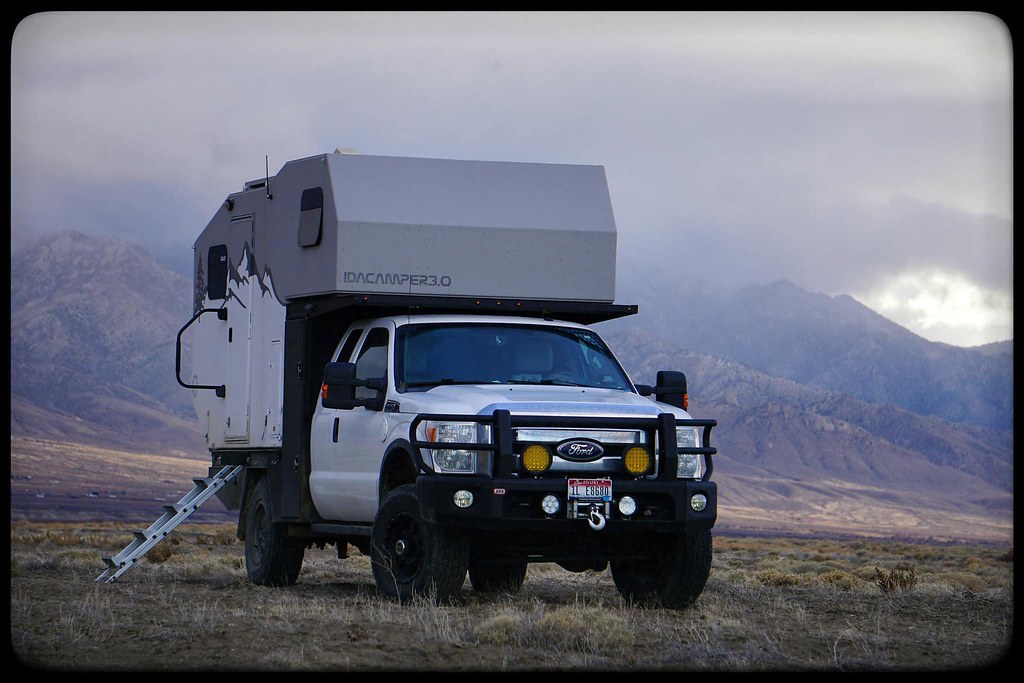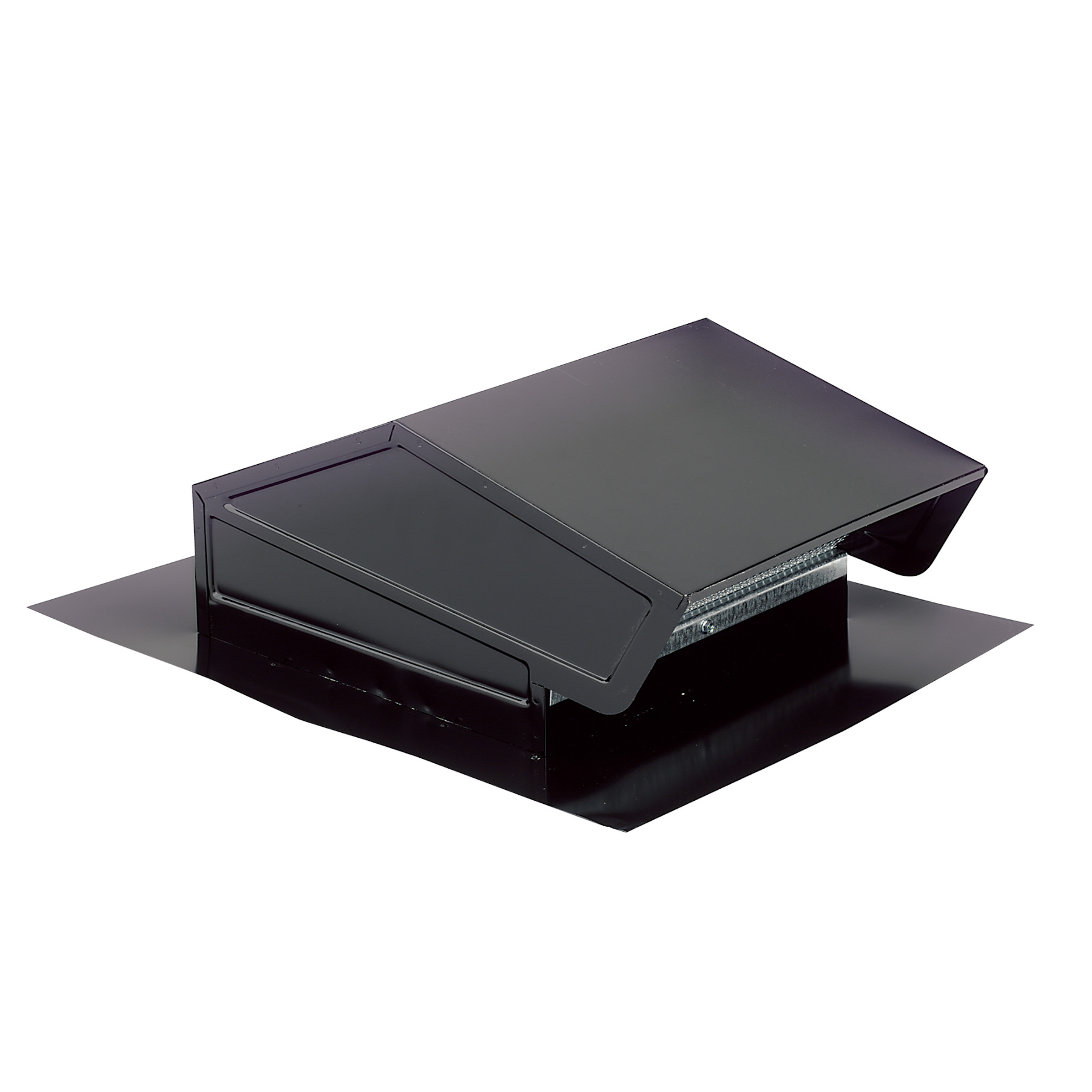Unrelated to your post, but I highly encourage you to follow through with the TC box vs some other plans you’ve had. Based on your needs, this is probably one of the best value solutions around.
Anyhow, the risk of asphyxiation is plausible but unlikely; sounds more like marketing hyperbole to me.
You’re going to want to do some sort of ventilation for humidity control and venting dog funk. We have our doggos in the camper with the AC or heat running as the season dictates and the idea of coming back to an unvented camper is unsavory. On more than one occasion, they have gotten into something smelly (usually on day one) and washing can logistically challenging.
View attachment 816944This is an example of the humidity issues in the winter and also why I don’t think the finished camper is as airtight as suggested. We have the Arctic Tern Wildlands door. It is basically an inner screen door and an outer aluminum panel. No insulation. The moisture condenses on the inner surface and drips out as these weird icicles. This usually doesn’t happen but the fan wasn’t on that night. IDK if their other door has these issues (doubt it) but there is no hermetic seal, at least in our camper.
Thanks for this (and apologies in advance for the long response)!
Condensation
The guy I talked to today actually mentioned that this is expected with Arctic Tern windows. Allegedly, because the frames are aluminum, they're a thermal transfer point and will collect moisture in cold weather.
The Wildlands door is also the one I'd planned to use regardless of build. We have a dog who loves to claw at the door, and he's gone through several screens in our camper already. The beer screen on the inside is particularly appealing, as is the triple deadbolt lock.
Venting
This is almost certainly a silly newb question, but can you say more about venting and what that means, specifically?
Does running the heat or AC count, or do you also crack a window or roof vent in addition? Or is there some other type of vent mechanism you use?
Our current Forest River travel trailer is not particularly well sealed, so this has never been an issue or concern for us before (and our little bichon-mix isn't nearly as smelly as our previous lab-mix was).
Going with Total Composites
I agree it's a better move. I'm also looking at Bison Overland, who's switched from aluminum construction to composite (albeit with aluminum extrusions).
Simply put, I just don't have the time or skill to build a camper body myself.
And going with a lighter composite build means I can go with a smaller 1-ton truck platform, which has a lot of advantages: it can fit in a normal parking space, they're more readily available, they're less expensive to purchase, and at lower mileage, they have tires that can be aired-down without need to convert to super-singles.
I also think it might actually be more economically feasible, as I could get an RV loan for a built-out TC box with much smaller payments than buying all the parts for DIY would cost me up-front.




